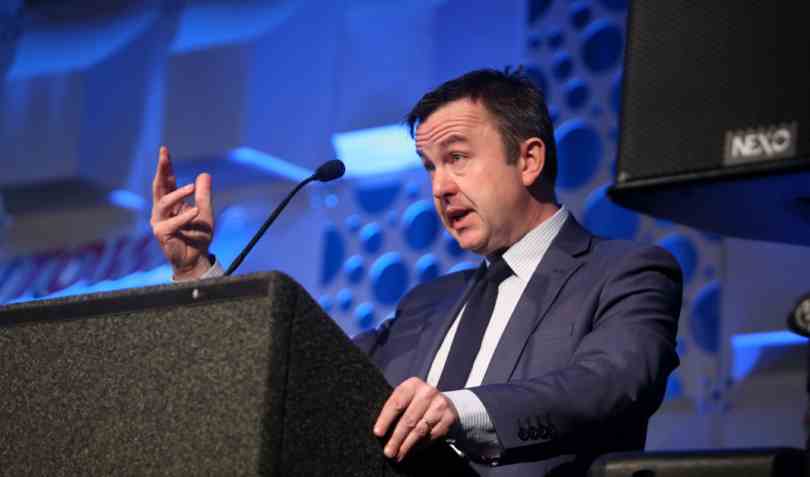SMEs require further support in the form of energy efficient enhancement measures as inflationary pressures continue and ultimately hamper consumer demand, according to the latest Banking & Payments Federation Ireland (BPFI) SME market monitor.
Small businesses, particularly those in transport and manufacturing that rely heavily on energy, will be particularly affected by higher energy bills, which will both add to their running costs and put off customers tightening their belts over the winter.
The study also found that businesses and consumers can expect to face increasing energy costs in 2023, with wholesale electricity prices now 195% higher than in August 2021 and a one-year lag between shifts in wholesale and consumer prices, according to the Central Bank.
Brian Hayes, CEO of the BPFI, said: "The Irish economy has recovered from the initial negative effects of the pandemic and is operating close to full employment.
"However, both consumer and business sentiment in the short term have deteriorated mainly due to significant inflationary pressure that is likely to increase costs further for businesses and reduce real disposable incomes of households."

The government announced measures such as the the Temporary Business Energy Support Scheme (TBESS), which offers businesses up to €10,000 per month to cover energy bills to next February, and the Ukraine Credit Guarantee Scheme in Budget 2023.
Hayes said they would be insufficient given that it is "likely that current inflationary pressures through energy price increases will continue in the short term.
"And even if the rate of inflation declines, price levels will still be higher in the future; hence one-off measures may need to be replaced in the future with structural measures around energy efficiency both for households and businesses, such as the Ukraine Credit Guarantee Scheme, so that the economy does not face similar challenges in the years to come given the continued geopolitical uncertainty."
The monitor also highlighted that despite unemployment now falling below pre-pandemic levels to 4.3%, the recovery in the labour market has not been evenly distributed across economic sectors.
The two sectors worst affected by pandemic restrictions, accommodation & food services and administrative & support services, still employed a combined 21,000 fewer people than at the end of 2019.
Employment is now 8.7% higher than in 2019, with close to 2.6m people working in Ireland and businesses increasingly reporting challenges in recruiting suitable talent to roles.
The job vacancy rate rose from 1.1% in mid-2019 to 1.6% in Q2 2022, while labour market slack, which Eurostat suggests reflects the unmet need for employment, fell to 10.8% of the extended labour force (which includes underemployed part-time workers and those either not available for or not seeking work) in Q2 2022, down from 14.8% in Q2 2019.
(Pic: Getty Images)











